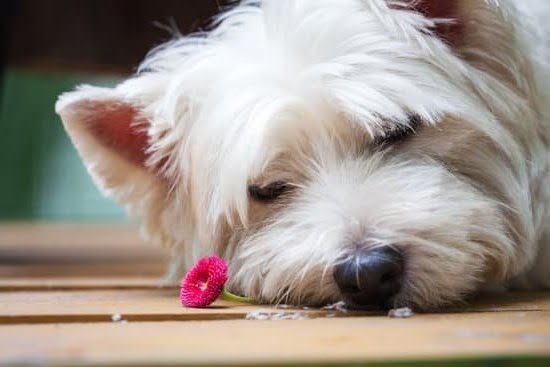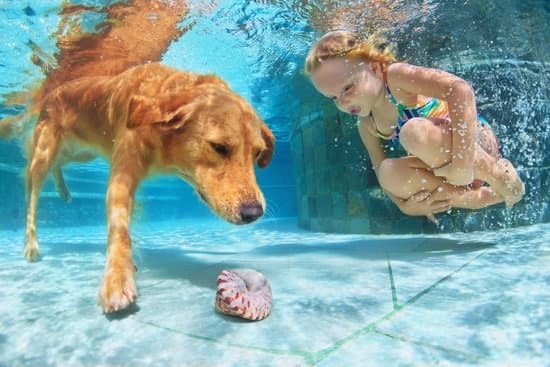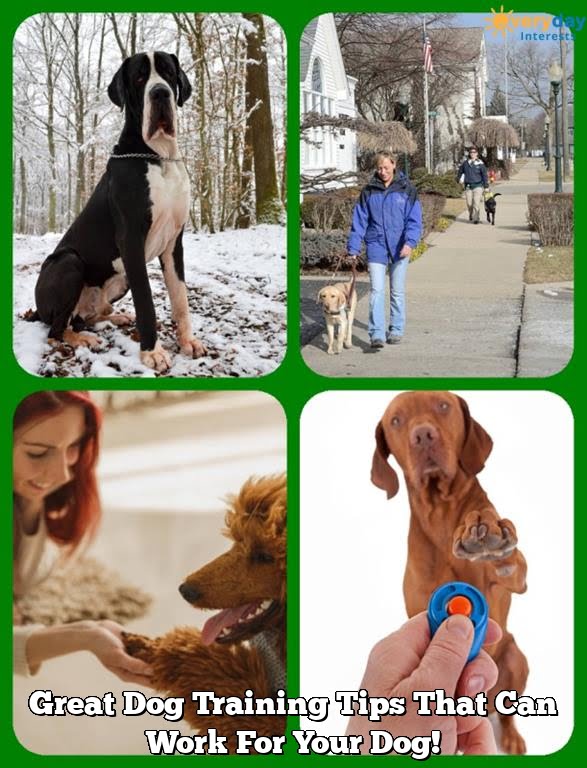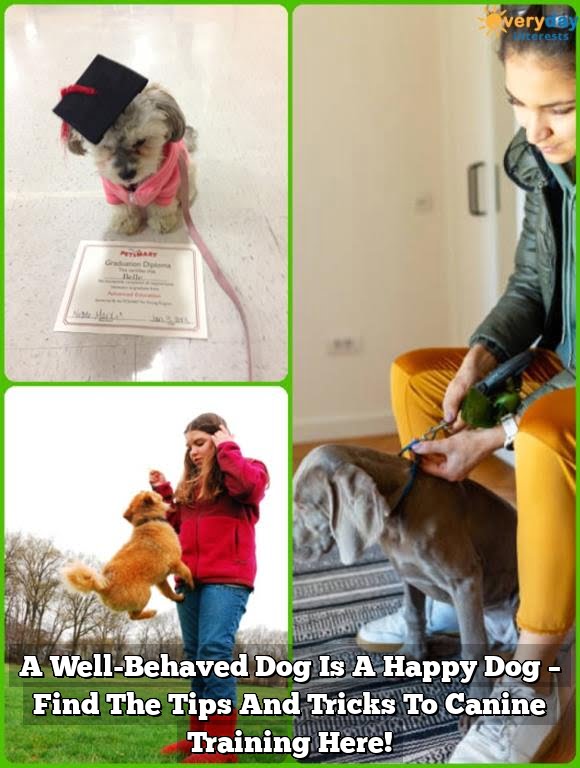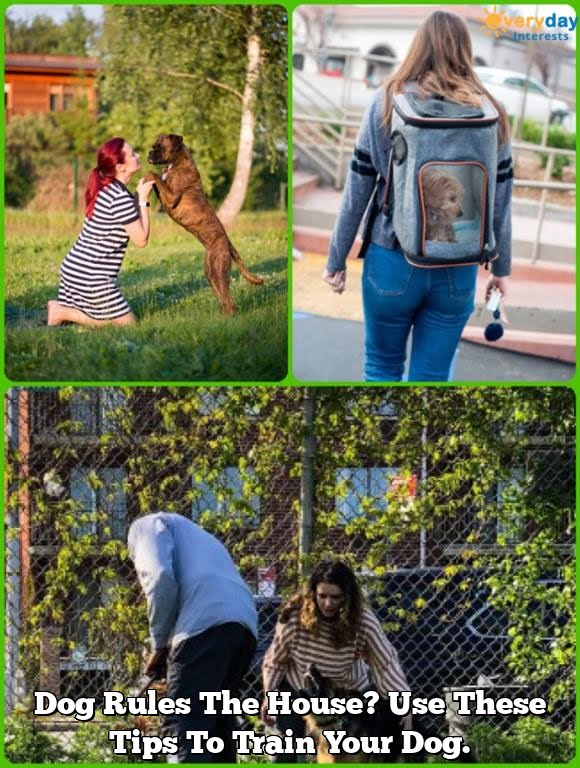Break down goals into smaller milestones
When training your dog, it is important to break down complex goals into smaller milestones. This can be done by breaking each behavior into individual components, such as proper walking technique or teaching the ‘Sit’ or ‘Lie Down’ command. You might want your dog to become an expert at rolling over and playing fetch — each of these behaviors consists of different elements that should be broken down into a series of steps. Start by creating simple steps and reward the achievement of each one, then work up to more advanced skills. Taking the time to build up each skill in manageable chunks will help ensure steady progress towards meeting your larger goal. Additionally, take care not to move on too quickly as this may lead to confusion and frustration for both you and your pooch!
Utilizing the environment
One of the best dog training tips is utilizing the environment to help with commands. Many dogs respond better to visuals and sound cues, so house owners can take advantage of that. For instance, when teaching a dog to sit, one could hold a treat in front of them and raise it up as they say “sit”. This helps create an association between the command and the action. Additionally, sounds can be used to distract or redirect a dog during training sessions if they tend to get too excited or wander off track. Making loud noises with objects like metal cans teaches them that certain things are not acceptable behavior. As always, provide positive reinforcement for desired behavior (such as treats or praise) to encourage your dog’s progress during training sessions.
Knowing when to push or ease off
It’s important to know when to push and when to ease off when it comes to dog training. When your dog is making progress, reward them with verbal praise, treats, or a few minutes of play. This will help keep them motivated. Doing too much too quickly can make them lose interest or feel overwhelmed. You should take breaks from training if your pup doesn’t seem interested anymore, or if they don’t understand something after trying for a few minutes. During this break time, you can offer rewards for good behavior in their everyday life, such as getting affection on their walk or going outside for a game of fetch. Taking the extra time to work with your pup will help build a stronger bond between you and make the training process easier in the long run.
Combining Training with Fun
One of the best dog training tips is to combine training with fun. Dog owners should aim to make the experience enjoyable for their pup, instead of a tedious and tedious task. Games such as hide-and-seek or fetch can be used to keep the training session interactive and allow your pup to practice commands while having lots of fun. Utilizing toys such as treat puzzles or interactive playsets also encourages learning, as dogs naturally love exploring new objects as well as receiving rewards, like treats. Rewards are particularly effective when combined with positive reinforcement; rewarding good behavior will help strengthen the bond between you and your pup and promote trust in addition to reinforcing desired behaviors. Additionally, simple games like reward hide-and-seek can be even more engaging because dogs naturally enjoy finding hidden objects by sniffing around different areas of your house or garden. Ultimately, incorporating fun and games into the training process is an excellent way to ensure that both dogs and owners will benefit from their training sessions together!
Troubleshooting Techniques
When dealing with a lack of focus during training, it is important to break up commands into small bits and provide frequent rewards. This will help keep the dog’s attention on the task at hand as well as providing positive reinforcement. Additionally, ensuring that all exercises are kept brief and simple is also preferable when dealing with dogs who have difficulty maintaining focus. It is also possible to bring treats along for an extra reward or to use tug toys as a reward for focused behavior.
For dogs with excess energy, some additional exercise can be beneficial in expending the extra energy. For shorter exercise sessions, try engaging in short bursts of activities such as playing fetch or going on walks/runs before training sessions. Breaking commands into smaller parts and over-exaggerated cues may also be beneficial for engaging their entire mind in the task at hand. Additionally, finding appropriate forms of mental stimulation (e.g., puzzle toys) can help keep them entertained and further aid in calming their minds ahead of more formal training sessions.
Working on Real-World Skills
Real-world skills are key to having a well-behaved and manageable dog. Teaching your dog the necessary skills to handle a variety of public settings, including interacting with other animals is one of the most important aspects of dog training. Some tips to ensure your dog develops these real-world skills include introducing them to a variety of people and animals while they are young, teaching them basic obedience commands such as sit and stay, reward them for good behavior in public settings, socialize them in different environments and expose them to new people and experiences so they can become accustomed to novel elements.
It’s also important that you develop your own consistency when it comes to the rules you set for yourself and your pup around strangers. When passing other dogs on a walk, create positive reinforcement by rewarding positive interactions with treats or verbal praise. You can also use treats or toys as distractions if needed so that it doesn’t become an aggressive situation. If your pup experiences fear while interacting with humans or other animals, contact a professional trainer who can come up with proper methods for helping him work through that fear in order to build trust.
Obedience Tips
Some effective obedience tips include using verbal cues to train your dog commands like sit, stay, come and leave it. Make sure that you don’t give too many commands at once – focus on one command until it is mastered before moving on to another. Vocal rewards are important in dog training – use positive phrases such as ‘good boy’ or ‘nice job’ when the desired behavior is performed correctly. Give plenty of positive reinforcement and treats for successful responses. If your pet does not immediately comply with a command, work with them patiently – do not scold or yell. Timing is also important when teaching a new command – ensure that you reward the correct behavior immediately after it is done correctly. Finally, consistency is key – if you keep changing the commands, it can get confusing for your pet.
Dealing With Aggression
Exercise is an important factor when it comes to managing a dog’s aggression. Regularly getting outside and providing mental stimulation can help keep the dog calmed down and less likely to display aggressive behaviors. Some helpful exercises include going to the park, taking your dog for runs or walks, making sure they get some playtime either with you or other dogs, and giving them regular daily mental stimulation.
Desensitization is another effective way of dealing with aggression in dogs. With desensitization, gradually expose the dog to whatever situation causes them distress until their reaction ceases. For example, playing videos of loud noises at low volumes in order to get the dog used to that sound without it triggering their fear response.
Positive reinforcement can also be a useful tool for dealing with aggression in dogs. Whenever the pet displays non-aggressive behavior such as sitting or laying down calmly instead of growling or barking aggressively, give rewards such as treats and praise to reinforce these good behaviors. Dogs are social animals and will respond positively when praised for displayed good behavior.
Health & Hygiene Tips
It is important to discuss proper health and hygiene with your pup when training them. It must be taught that being groomed, having regular baths and brushing to avoid matting in fur and overgrowth of nails, is part of the process as well. Showing affection with regular check-ups from a vet are beneficial for a pup, to ensure they are healthy on the inside and out.
Additionally, nail clipping should be done regularly (about once every 3-4 months) at the groomer or yourself – but only if you feel comfortable doing so. Regular dental care is also essential for a pup’s wellbeing – such as regular teeth brushing or dental chews/treats that fit their age/breed group to help reduce plaque and build-up of residue on their teeth. Lastly, discussing regular worming treatments like flea and tick prevention methods, will also help keep a pup clean and hygienic. Teaching these practices early on will make them more efficient in their growth months ahead!

Welcome to the blog! I am a professional dog trainer and have been working with dogs for many years. In this blog, I will be discussing various topics related to dog training, including tips, tricks, and advice. I hope you find this information helpful and informative. Thanks for reading!

